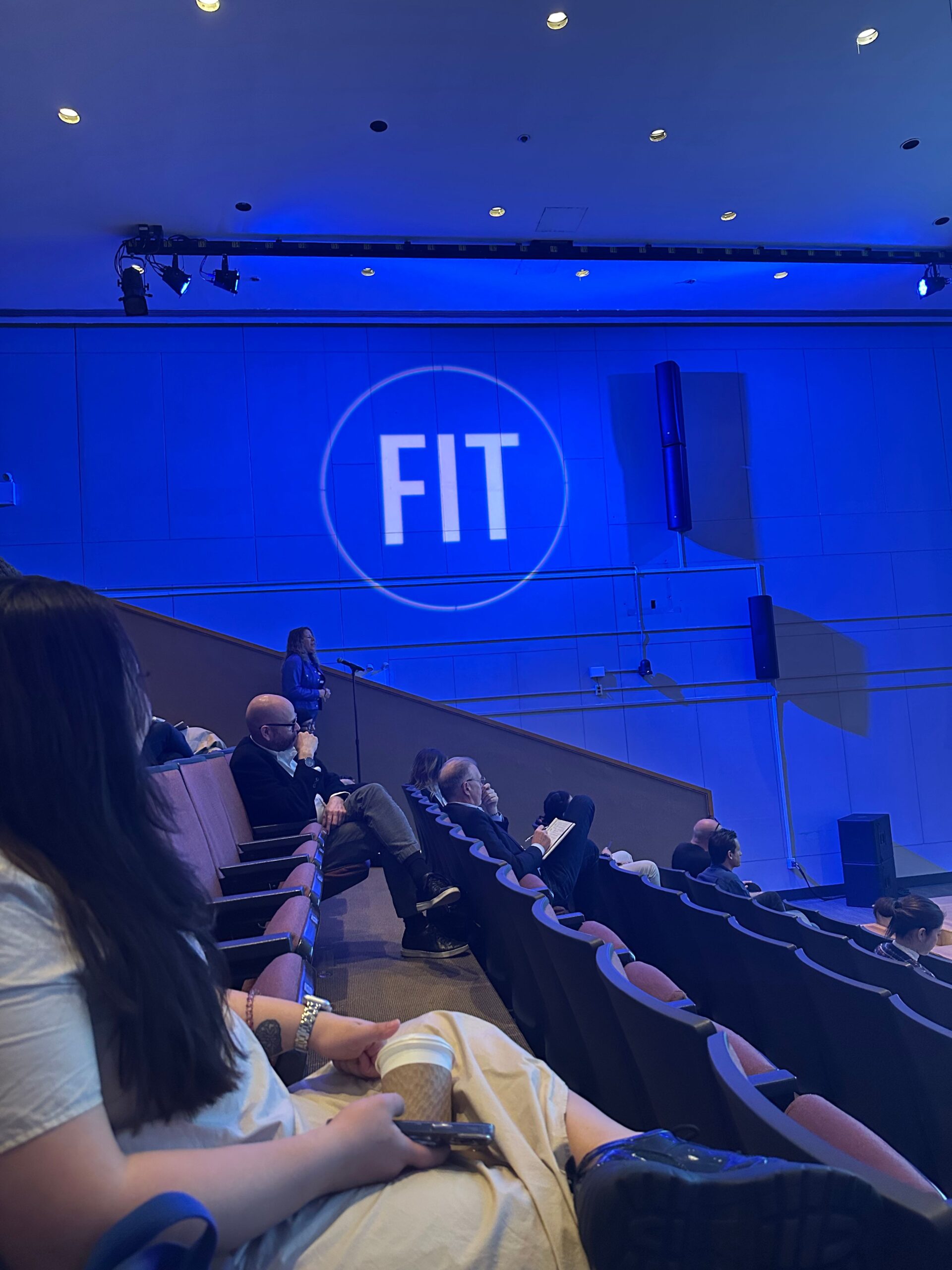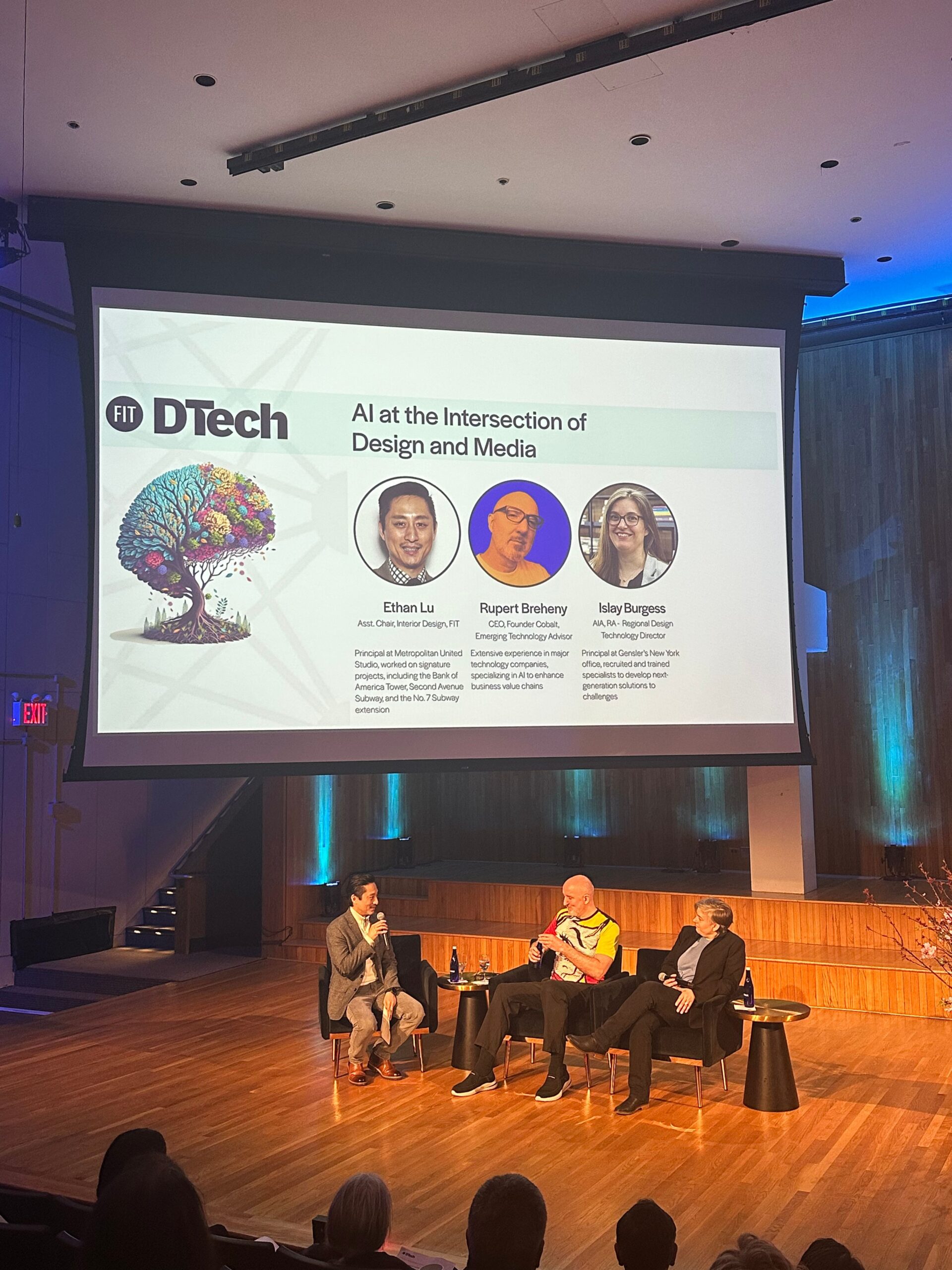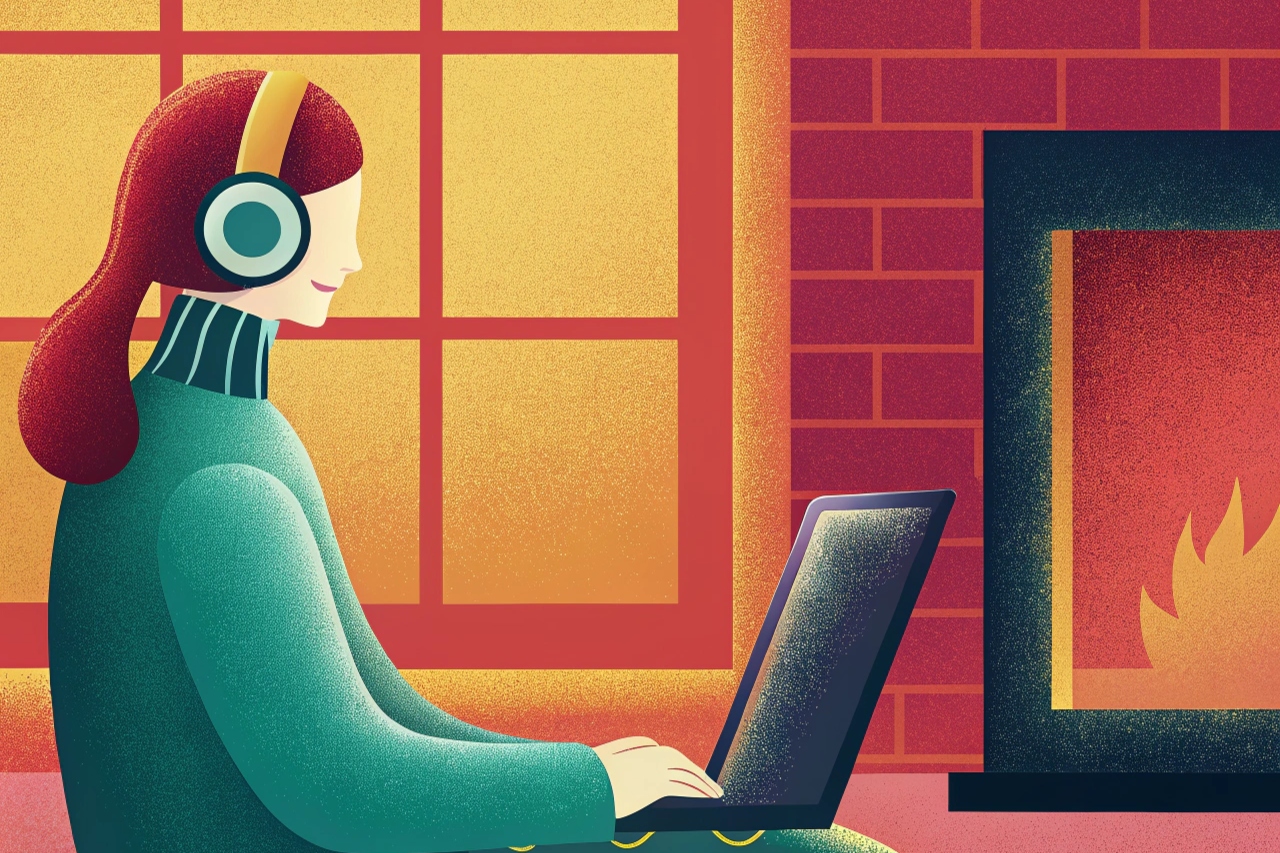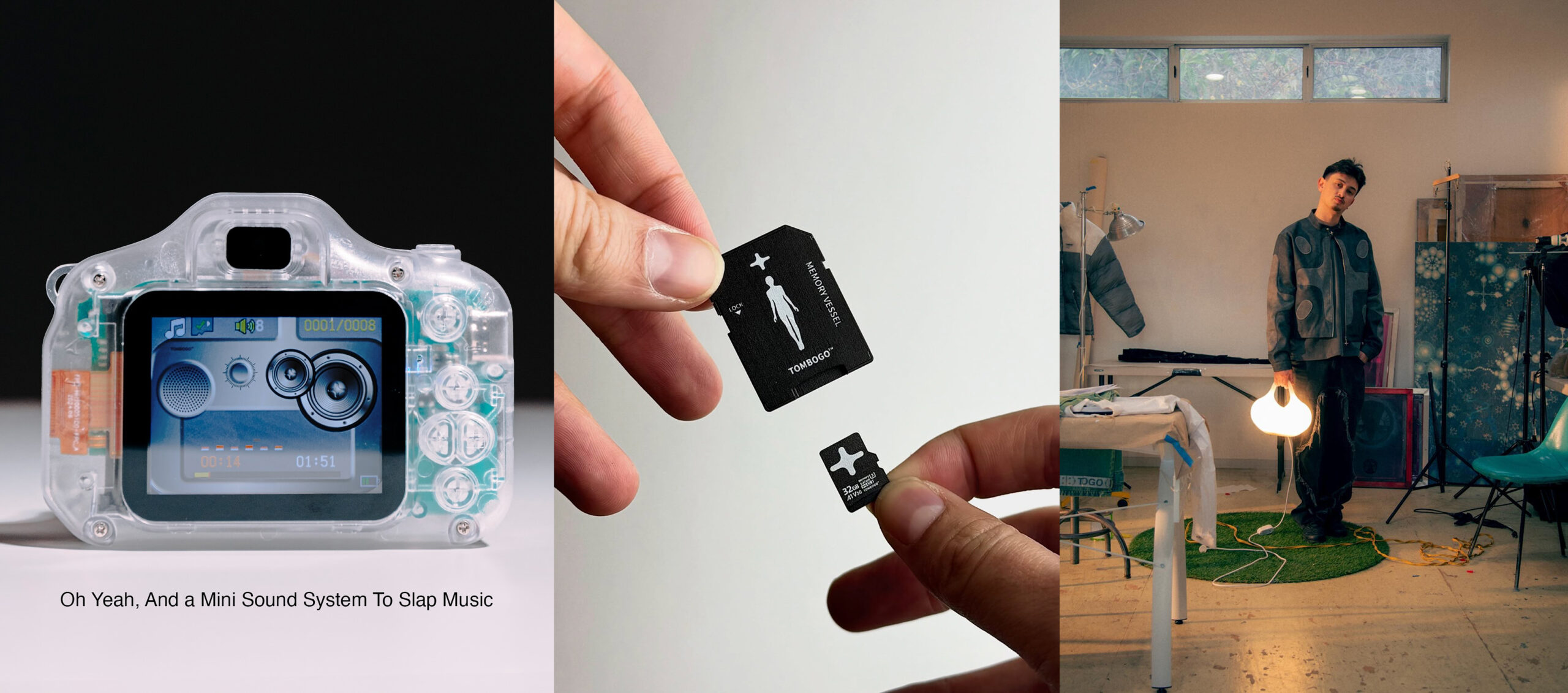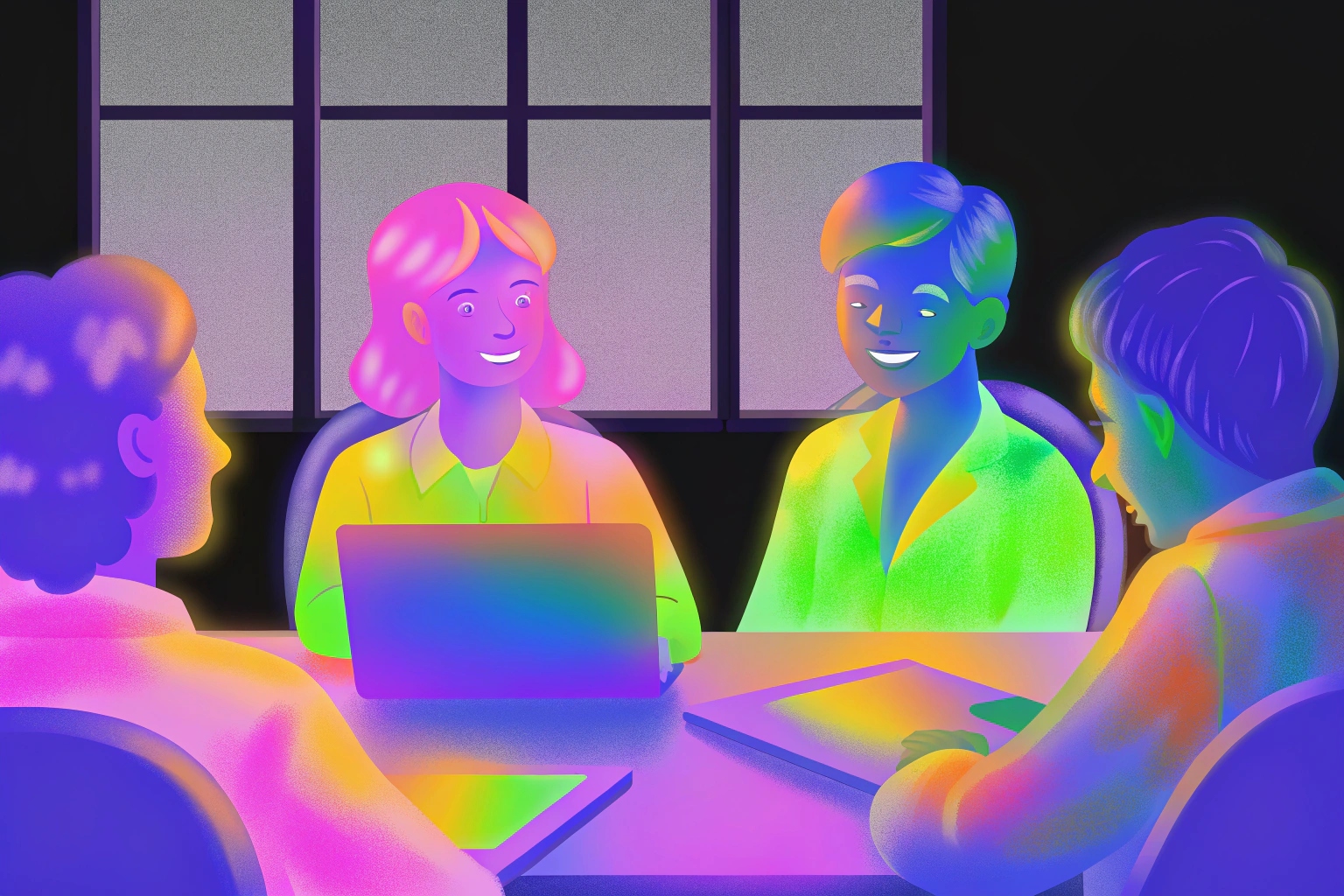Microsoft and Nvidia GeForce Shake Up the Gaming Industry with Cloud Gaming Partnership
Hold on to your controllers, folks, because the gaming industry just got a whole lot more interesting. Microsoft and Nvidia GeForce have joined forces to bring cloud gaming to Xbox Game Pass Ultimate subscribers, and it’s got gamers everywhere buzzing. But what exactly is cloud gaming, and why is this partnership such a big deal?
What is Cloud Gaming?
In a nutshell, cloud gaming allows players to stream games on their devices from remote servers instead of having to download and install them locally. This means that players can access a vast library of games without needing a powerful gaming rig or spending hours downloading and updating games. All they need is a good internet connection and a compatible device, and they’re good to go.
Enter Nvidia GeForce, a leading graphics card manufacturer that specializes in high-performance computing and artificial intelligence. Their cloud gaming platform, GeForce Now, delivers a premium gaming experience to players on a variety of devices, including PCs, Macs, and Nvidia Shield TV.
Why is the Microsoft and Nvidia GeForce Partnership Such a Big Deal?
So why is Microsoft teaming up with Nvidia GeForce? The answer is simple: to provide an even better gaming experience to their subscribers. With this partnership, Xbox Game Pass Ultimate subscribers can access over 100 games on the cloud, including top titles like Halo, Minecraft, and Forza Horizon 4. This is a significant upgrade from the current offering, which only allows subscribers to download games to their local devices.
Cross-Device Play
But it’s not just about the games themselves. Cloud gaming also enables cross-device play, this meaning that players can pick up where they left off on any device that supports the feature. This is a game-changer for gamers who want to play on the go or switch between different devices without losing their progress.
Potential Drawbacks Of Cloud Gaming
However, it’s worth noting that cloud gaming isn’t perfect. It requires a stable and fast internet connection, which not everyone has access to. It also relies heavily on the performance of the remote server, which can sometimes result in lag and other technical issues. And let’s not forget about the potential cost: cloud gaming requires a subscription to Xbox Game Pass Ultimate, which comes with a monthly fee.
Appeal to Different Types of Gamers
This partnership appeals to a wide range of gamers, including cozy gamers, iPhone/mobile gamers, streamers, and other types of players. Cozy gamers, for instance, are those who prefer relaxing and low-stress games such as Stardew Valley and Spiritfarer, which are perfect for unwinding after a long day. With cloud gaming, cozy gamers can access these games on a variety of devices, making it even easier to enjoy their favorite titles.
iPhone/mobile gamers, on the other hand, can benefit by accessing Xbox Game Pass Ultimate games on their mobile devices. This means they can play console-quality games on the go, without having to invest in an expensive gaming rig or console.
Streamers, who are content creators that broadcast their gameplay live to an audience, can also benefit. With cross-device play, streamers can switch between devices seamlessly, allowing them to continue their streams without interruption. This can lead to more engaging and immersive content for their viewers.
The Future of Gaming with Microsoft and Nvidia GeForce
In conclusion, the Microsoft X Nvidia GeForce Cloud partnership is an exciting development for the gaming industry. It has the potential to change the way we play games, making them more accessible and seamless than ever before. While there are some potential drawbacks, the benefits of cloud gaming are significant, and we can’t wait to see what the future holds for this technology.
Sources:
PRNewswire
Nvidia

